Wall prep for tile (not in wet location)
I’m almost done tiling my shower. I’m going to continue the tile on a wainscot outside of the shower. Right now, I have greenboard with wallpaper on it. After a test of a small spot, I fear that a good majority of the greenboard paper facing will be taken with the wallpaper when it is stripped (we plan on having a painted wall).
1) Should I replace the greenboard (where the tile will go) with cbu or greenboard OK for a non-wet location tile wainscot? Tiles are the same 12″x12″ tile.
2) I’ll probably use thinset since that is more economical (and I like using it more than mastic)…or do you recommend mastic for this type of application (if over greenboard)? If I go with cbu, I’ll use thinset.
3) I’ll be putting down new cbu for the floor. Can I grout the floor to wall joint or should I use caulk for that too?
Thanks in advance

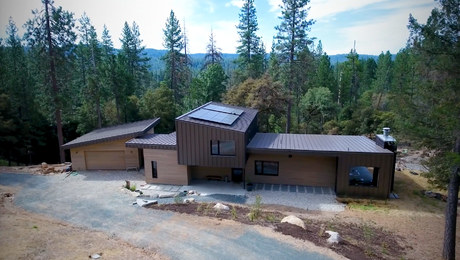

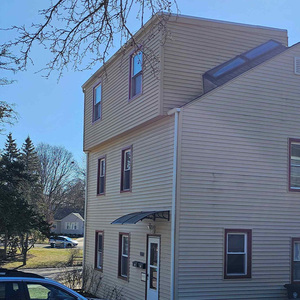
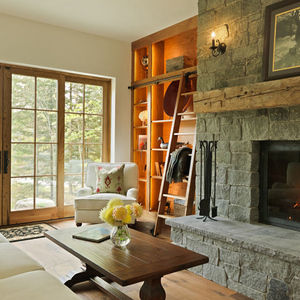
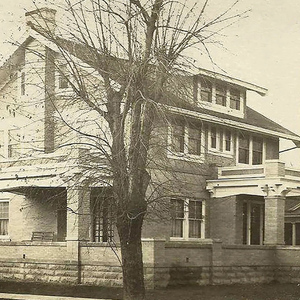







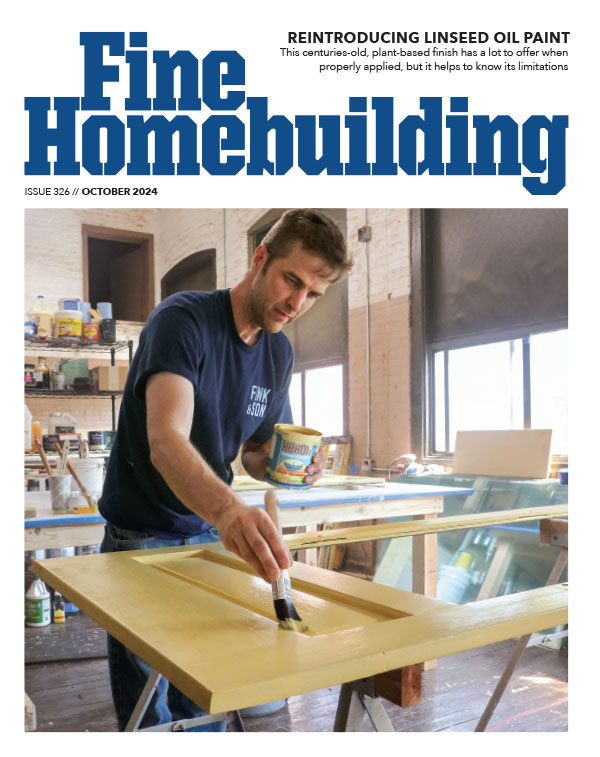





Replies
Greetings e,
This post, in response to your question, will bump the thread through the 'recent discussion' listing again which will increase it's viewing.
Perhaps it will catch someone's attention that can help you with advice.
Cheers
94969.19 In the beginning there was Breaktime...
In the beginning there was Breaktime...
94969.1 Photo Gallery Table of Contents
I would replace the greenboard with greenboard, or heresy of heresies, if the rest of the walls and ceiling are regular drywall why not use it as a replacement? My thinking is that areas in a bathroom only subject to airborne moisture should be adequately protected by the use of appropriate paint or a covering of tile. If the levels of moisture are such that they cause deterioration then steps should be taken to reduce the levels. If the walls are growing mold, so will your toothbrush, your wife's makeup, the towels etc.
Mastic is fine for tile outside of showers or floors. I wouldn't grout the wall to floor joint, rather use color matched caulking.
Hmm. I think I see a man with a large stick getting out of a truck marked John Bridges. Go to go lock the door.
Well, the shower itself was greenboard, which failed, and is why I am redoing my bath now. The greenboard was only in the shower. The rest is standard drywall. Moisture in the air collecting on the walls won't be a problem when I'm done since I'll be adding a bath exhaust fan.
When we redid our kitchen and replaced the old tile backsplash I had reasonable success repairing the torn-up drywall with a skim coat of drywall mud. And the tile stuck to this just fine (though we used mastic instead of thinset).
Did you prime paint the repaired walls before putting the mastic on? I think regardless of what substrate I use, I'll go with Versabond thinset. I used mastic on my foyer floor and the stuff was a pain to work with. Tough to get off of fingers while working. Thinset, while still messy, is a little easier to deal...at least for me.
Replace the 'rock with greenboard, or, if it's not too badly torn up after you strip the WP, skim coat it as DanH suggested. This is fairly standard practise.
Mastic would be okay, but thinset is even moreso.
If you want to grout the wall tile to the floor tile, you should use sanitary cove tiles in that joint. That bridges the gap between the floor and walls, and thus eliminates a grout joint joining two perpendicular surfaces which are almost certain to move with respect to each other.
Dinosaur
How now, Mighty Sauron, that thou art not brought
low by this? For thine evil pales before that which
foolish men call Justice....
I'll see how the drywall is after I strip all of the wallpaper off. I'll put in new greenboard if I have to. I will skip grouting the wall/floor joint. I have the sanded caulk to match and need to caulk the floor/tub joint anyway.Do you prime the joint compound before applying thinset or mastic?
If you put in new greenboard, no, you should be able to go right over it with either thinset or mastic. But if you save the old board and skim-coat it, you can save yourself the trouble of priming it by using a setting-type joint compound, which won't be affected by water once it dries.
BTW, the skimcoat goes on before any paint or primer; if you do it the other way the shredded remains of the face paper will fuzz up worse as soon as paint or primer hits them, and make it harder to cover with the skimcoat.
Dinosaur
How now, Mighty Sauron, that thou art not broughtlow by this? For thine evil pales before that whichfoolish men call Justice....
Did the ship enter the dreaded re-peating loop?
Best call Spock.
Edited 10/6/2009 11:56 am ET by rez
Dang. Thanks; I'll delete one of them.
No, this isn't Mzinga-itis, I don't think. What happened is I was using the new 'notebook' laptop gizmo thingy, with no mouse, just one of these danged 'touch screens.' So I tried to tab over to the 'continue' button after I hit 'Post', then hit 'enter' without looking to see where the tab had taken me.
Something double-fired, and I thot I lost my post, so I cussed some then re-wrote it.
Same thing happened in another thread later the same evening, so there's prolly another 'double whammy' out there somewhere....
Dinosaur
How now, Mighty Sauron, that thou art not broughtlow by this? For thine evil pales before that whichfoolish men call Justice....
If you opt to skim over the existing greenboard this is good stuff to prime with first:
http://www.zinsser.com/product_detail.asp?ProductID=27
seals down the edges of torn DW paper and fuzz.
Sounds like good stuff but...since I'm going to be removing wallpaper, I thought you were supposed to reseal the walls with an oil based primer (so you don't accidentally reactivate any glue that still may be on the wall). I've used the Zinser odorless oil primer in the past. Do you think the Gardz would be OK? I would much rather deal with water cleanup than nasty paint cleaner.
Hmmm...just looked at Zinser's site and they don't have the same odorless primer anymore. They have a new (packaging?) odorless stain blocking primer. Probably the same thing with different packaging but not sure.
The couple of times I used it were after peeling off laminate backsplashes and paneling, so I couldn't say by my experience for sure about the wallpaper glue although I think it may be designed for that.I used the gardz before skimming hot mud over the gouges and tears after cutting off the loose DW paper. It kept the moisture from the mud from curling the DW paper on the edges of the gouge and fuzzing the DW paper.I then primed the cured hot mud. Maybe overkill, but it worked well.I went this route because it was easier than piecing in new drywall in those cases.
That's exactly the same process (as suggested to me on here) when I skim coated my foyer walls: sand, prime, skimcoat, sand, prime, finish paint. Worked well. I will check out the Gardz and give it a shot. I like the fact that it forms a hard water resistant shell.
Let us know how it turns out for you.
Will do. I've got to grout and seal the shower this weekend so it'll be waterproof. After that, I'll start working on the rest of the bath. It's my only full bath so I had to do it stages.